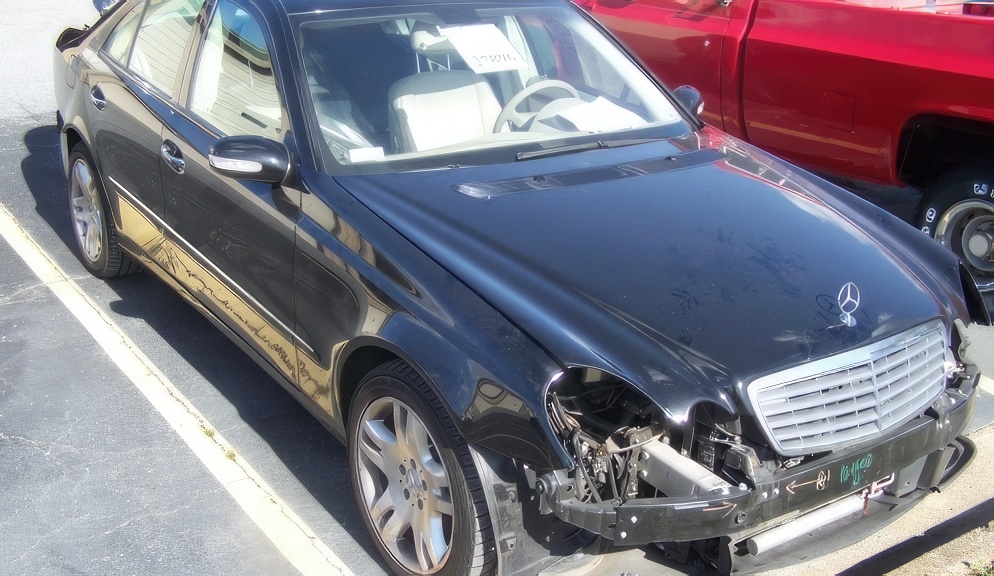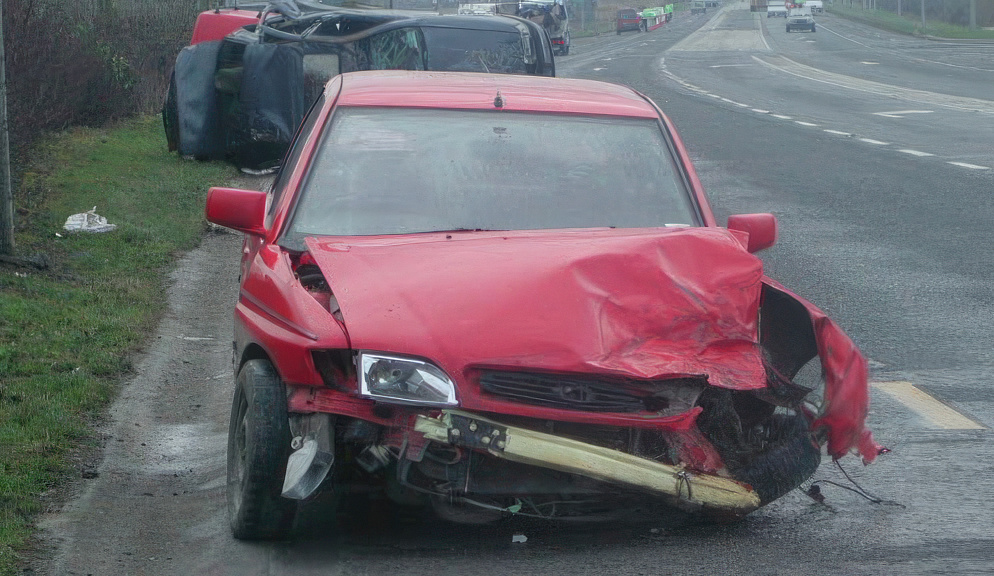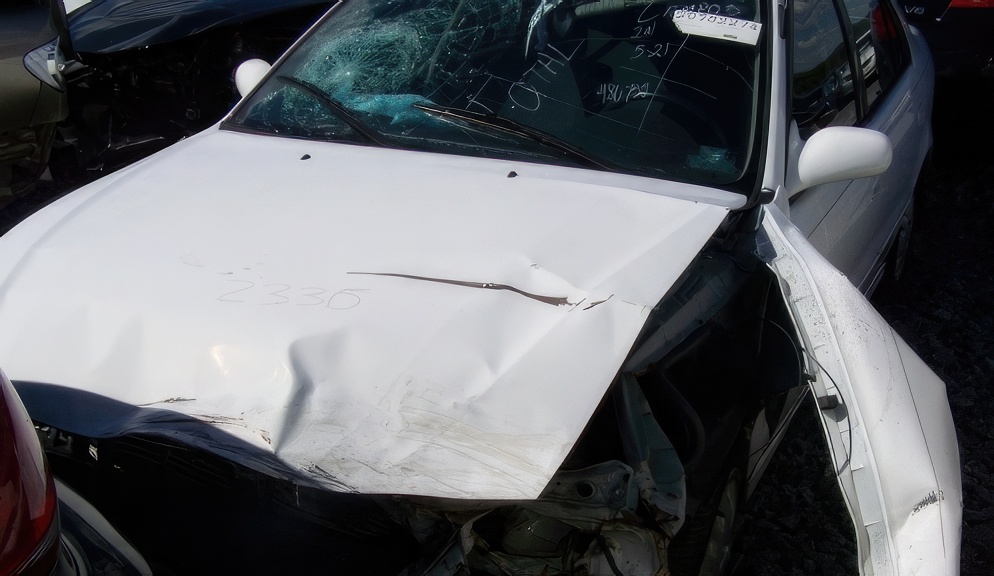Understanding Car Value Post-Accident

Accidents not only cause physical damage to vehicles but also lead to a depreciation of value that isn’t immediately visible. The depreciation is calculated using the diminished value calculation methods. This intangible cost is crucial for car owners to understand, especially when considering resale or trade-in. The importance of this knowledge cannot be overstated, as it equips car owners with the necessary information to make financially sound decisions regarding their damaged vehicle.
The Immediate Impact: Value Depreciation Post-Collision
The value of a car takes an immediate hit after an accident, much like a sudden drop in stock prices due to unfavorable news. This depreciation is largely due to the stigma attached to damaged vehicles.
For example: a car valued at $20,000 can see offers plummet by $2,000 or more after a collision, not because of reduced functionality, but due to buyer hesitation over potential unseen issues and the car’s tarnished history report.
Dealers and private buyers often use a vehicle’s accident history as a leverage point to negotiate lower prices. Despite a car being restored to near-original condition, the psychological barrier for buyers persists. Owners must understand this market dynamic to effectively negotiate or decide whether to sell immediately or wait, which could allow the car’s value to recover somewhat as it distances from the time of the accident.
Informed car owners can navigate post-accident valuations more successfully. Knowledge of how accidents affect car value, complemented by professional repairs and comprehensive service records, can help mitigate losses. Strategic decisions, supported by expert insights and an understanding of the market, are key to ensuring the best possible financial outcome when selling or trading in a post-accident vehicle.
Underlying Factors: Comprehensive Look at Depreciation Causes
When assessing a vehicle’s post-accident value, several underlying factors come into play beyond the obvious damage. The car’s make and model are significant influencers. Luxury cars and those with a reputation for durability tend to depreciate less after an accident because their overall desirability can offset the negative impact of a blemished history. Conversely, common models with less brand prestige might struggle to maintain their value, as there is already a saturated market for these vehicles even without accident histories.
The quality and thoroughness of the repairs also have a substantial bearing on a car’s residual value. High-quality repairs using original equipment manufacturer (OEM) parts can help a vehicle retain more value than those carried out with aftermarket parts. The attention to detail during repairs, such as color matching, fitting, and finish, can make a significant difference. A car that appears untouched post-repair will have a better chance of maintaining its value compared to one with obvious signs of repair work, which can set off alarm bells for potential buyers.
Lastly, the availability and cost of parts needed for repairs can also affect depreciation. Vehicles that require rare or expensive parts for proper restoration might see an increased depreciation rate. This is because future buyers or dealerships may factor in the potential cost and hassle of future repairs or replacements. In contrast, cars with readily available and affordable parts may recover their value better post-accident, as the ease of maintenance and repair is a selling point for prospective buyers. Understanding these nuances can guide owners in making informed decisions about repairs and when to sell to maximize their car’s value post-accident.
Case Studies: Diverse Experiences of Value Loss
When analyzing the impact of an accident on vehicle value, case studies offer revealing insights. Take two identical models of a popular sedan, for example:
- First sedan has a minor fender bender in its history;
- Second sedan has undergone a significant side-impact collision repair.
Even if both vehicles are restored to full functionality, they will not be valued equally in the market. The sedan with the side-impact collision is likely to be valued less due to the perceived severity of the accident, which can raise concerns about unseen long-term issues despite the repair.
Contrast this with a pair of similar SUVs: one has a history of minor accidents, and the other has had a single, more serious incident. Surprisingly, the SUV with multiple minor incidents may be valued lower, not because of repair quality but due to the implied risk of a pattern of accidents. It suggests potential ongoing issues or careless driving habits, which can be off-putting to potential buyers. The frequency of incidents, not just the severity, influences the perception of the vehicle’s reliability and, consequently, its value.
Delving into the realm of vintage or classic cars, the depreciation narrative alters further. Such vehicles often see a less significant drop in value post-accident, assuming they receive high-quality repairs. For these cars, value is driven more by rarity and the craftsmanship of the restoration rather than an unblemished history. A well-documented and professionally restored classic car might retain much of its value, as collectors value authenticity and maintenance over a strictly accident-free past. These examples highlight the nuanced factors at play in post-accident vehicle valuation, illustrating that the broader context of the vehicle’s history and desirability post-repair are key determinants of its market value.
Diminished Value Categories: Elaborating on Value Loss Types
When a car sustains damage in an accident and undergoes repair, its value is invariably affected. The extent to which value diminishes often hinges on the category of diminished value it falls into. Repair-related diminished value is particularly impactful. It assesses how the choice of repair shop and the quality of the repair work can influence a car’s market worth. Shops that hold a stamp of approval from car manufacturers or possess specific certifications typically promise a level of repair that can help uphold the car’s value. In contrast, repairs from less-established garages might not instill the same level of confidence in potential buyers, which can lead to a notable decrease in the vehicle’s resale price.
The type of parts used during repairs also plays a critical role in determining a car’s post-repair value. OEM parts are usually preferred in the resale market because they are made by the vehicle’s manufacturer, ensuring a guaranteed level of quality and compatibility. They help maintain the car’s authenticity, which is a key selling point. Aftermarket parts, although more economical, can affect a vehicle’s reliability and future maintenance needs, potentially reducing its resale value. This reduction reflects concerns about the long-term performance and safety of the car, which are paramount to prospective buyers.
In addition to repair-related diminished value, inherent diminished value, and immediate diminished value, also factor into a car’s post-accident worth. Inherent diminished value reflects the loss incurred simply because the car has been in an accident, a stigma that can’t be repaired away. Immediate diminished value denotes the immediate loss in a car’s resale or trade-in value right after the accident occurs, even before any repairs. This immediate devaluation often represents the most drastic drop as it embodies the initial reaction of the market to the vehicle’s compromised status. Together, these categories underscore the complex layers of depreciation a car experiences after an accident, which must be thoroughly understood for accurate valuation.
Loss Mitigation: Proactive Steps for Value Preservation
Taking proactive steps to mitigate loss and preserve a vehicle’s value even before an incident occurs is a strategic approach that can pay dividends in the long term. Selecting the right insurance coverage is a cornerstone of this strategy. Insurance policies that explicitly cover diminished value are invaluable, as they provide a safety net that acknowledges the potential loss in a car’s worth due to an accident. It’s crucial for car owners to engage in thorough research or consult with insurance experts to choose a policy that best protects their investment. This foresight in selecting an insurance plan can significantly ease the financial burden should an accident occur.
Another aspect of loss mitigation lies in the choice of vehicle itself. Some cars are known for their robustness and ability to retain their value post-accident better than others. Vehicles with a reputation for durability and long-term reliability tend to depreciate less, even after repairs. For a prospective buyer, the choice may boil down to opting for a car that not only meets their needs but is also known to stand the test of time—and accidents—without substantial value loss. Consumer reports and vehicle reliability indexes can be excellent resources for identifying such vehicles, and incorporating this data into the car-buying decision can be a proactive step towards value preservation.
Finally, the way a car is maintained plays a significant role in value preservation. Regular servicing, using quality parts, and addressing minor issues before they escalate can all contribute to maintaining a vehicle’s value. Additionally, keeping comprehensive records of maintenance and repairs can provide evidence of the car’s history of care, which can be very persuasive to potential buyers or when negotiating with insurance companies post-accident. A well-maintained vehicle not only tends to have a higher resale value but may also incur less depreciation after an accident, highlighting the importance of proactive care as part of a broader strategy to mitigate loss.





